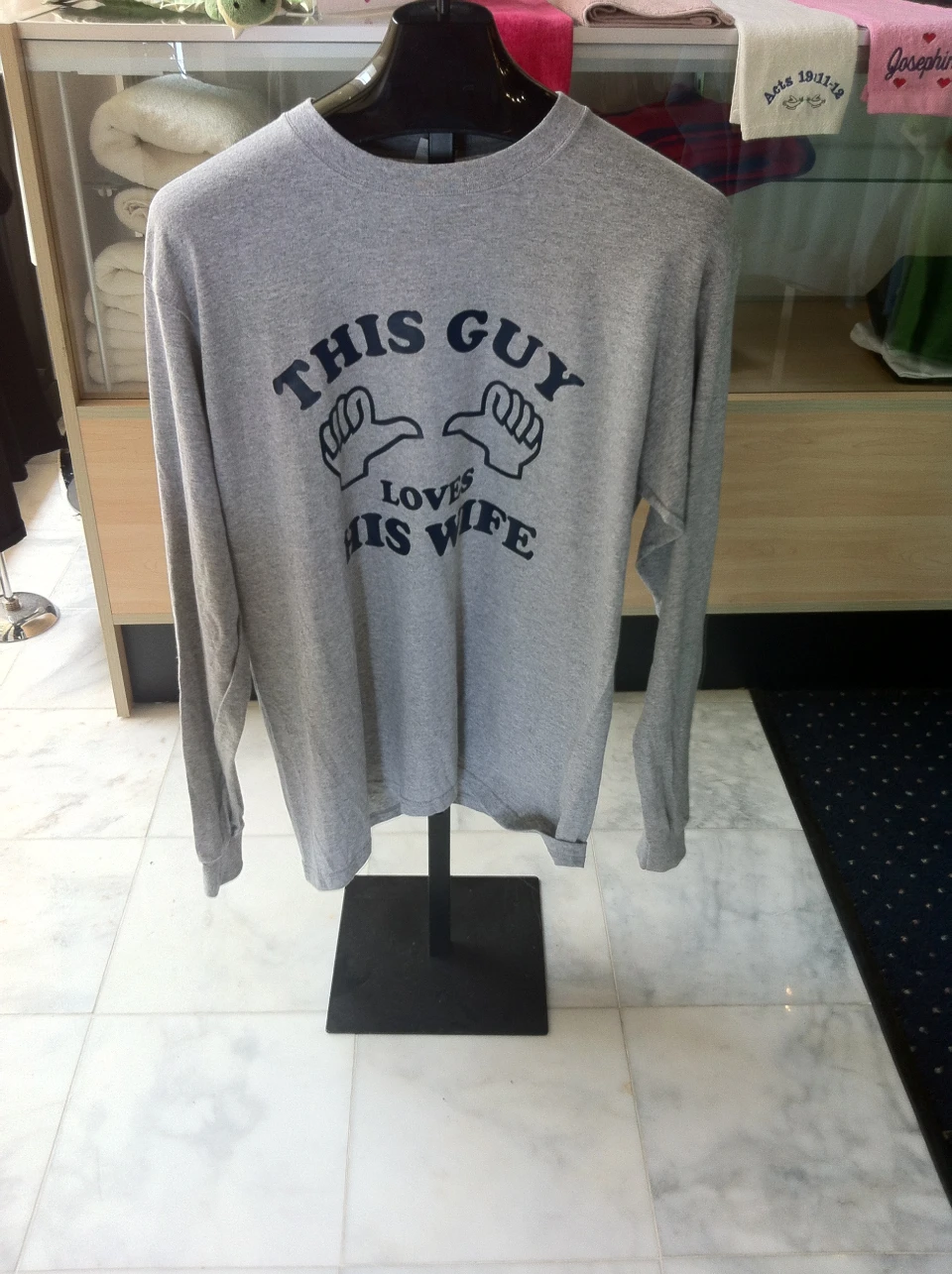Heat Transfer on T-Shirts and Aprons - Personalized Styles and Logo Designs
Wiki Article
The Art of Custom-made Embroidery: Opening the Tricks to Creating Special and Memorable Layouts
Embroidery, a craft steeped in practice and virtuosity, holds within its complex stitches the power to transform material into a canvas of distinct expression. The tricks to developing customized embroidery styles that captivate the eye and leave a long lasting perception lie in a delicate equilibrium of strategy, creative thinking, and interest to detail. As we look into the globe of custom-made embroidery, we uncover the nuanced interaction in between thread selection, sew intricacy, and style personalization that boosts a plain garment to an artwork. Join us on a trip with the art of customized embroidery as we untangle the secrets behind crafting really unforgettable and distinct productions.Choosing the Right Embroidery Threads
When selecting embroidery strings, what vital factors should you think about to make sure the best results for your customized styles? The choice of needlework string is important in establishing the last end result of your embroidered design. One of the primary considerations is the material of the thread. Different products such as cotton, polyester, rayon, and silk use differing degrees of shine, sturdiness, and appearance. It is necessary to pick a string product that enhances the textile you are stitching on and straightens with the wanted appearance of the layout.
Furthermore, the weight or density of the thread plays a significant role in the look of the needlework. Thicker threads can add measurement and structure to your style, while finer threads are optimal for elaborate details and tiny text. In addition, taking into consideration the color fastness and washability of the thread is crucial to make certain that your customized designs keep their high quality and vibrancy in time. By thoroughly evaluating these aspects and picking top notch threads that fulfill your certain requirements, you can boost the aesthetic allure and durability of your stitched developments.
Exploring Various Stitch Strategies
To look into the world of 'Checking out Various Stitch Methods', one have to understand the details and nuances that each sewing approach brings to the art of needlework. Different stitch techniques not just include visual rate of interest yet also contribute to the total texture and dimension of the style. One preferred stitch technique is the satin stitch, which involves carefully jam-packed parallel stitches to develop a smooth and shiny surface, suitable for completing forms and creating bold details.On the various other hand, the backstitch is a functional technique usually used for describing and adding fine information. It includes sewing in reverse to develop a strong line of needlework. Additionally, the French knot stitch adds a tactile element to styles, excellent for developing distinctive accents like blossom facilities or decorative touches.
Checking out different stitch techniques allows embroiderers to play with light, shadow, and depth within their designs, raising the aesthetic charm and creative high quality of their embroidery jobs. By grasping various stitching methods, one can open countless opportunities for developing unique and memorable customized embroidery items.
Incorporating Personalized Layout Aspects
Having actually discovered the ins and outs of various stitch methods such as the satin stitch, backstitch, and French knot, the focus now shifts towards incorporating personalized layout aspects in customized embroidery tasks. Individualized style components play an important duty in making needlework tasks absolutely one-of-a-kind and remarkable.One more means to integrate personalized design elements is by including symbols or motifs that hold special significance to the recipient or show their rate of interests and character. As an example, integrating a favored blossom, pet, or hobby-related icon can make the needlework layout extra purposeful and tailored. Furthermore, picking shades that resonate with the recipient or align with the designated style can better enhance the customization of the needlework task.
Mastering the Art of Color Coordination

One key element of shade coordination is comprehending shade concept. This includes understanding just how various suits and tailoring colors communicate with each other, the feelings they share, and how they can be integrated to produce aesthetically appealing designs. By applying color concept concepts, embroiderers can develop harmonious color palettes that enhance the overall look of the style.
Furthermore, focusing on comparison is essential in color sychronisation. Making this contact form use of contrasting shades can help certain elements of the design pop, enhance clarity, and create a visually dynamic embroidery piece. By grasping the art of color sychronisation, embroiderers can raise their styles and produce unforgettable pieces that resonate with clients and audiences alike.
Enhancing Texture With Advanced Needlework Stitches

Bullion knots, on the other hand, can be used to develop twisted, ropelike components that add a luxurious feeling to the needlework. Experimenting with these advanced needlework stitches permits you to push the boundaries of conventional needlework and produce really unique and aesthetically attractive appearances in your styles.
Conclusion
Finally, the art of custom-made embroidery entails a combination of choosing the right threads, exploring different stitch techniques, incorporating individualized design components, understanding color coordination, and boosting structure with advanced stitches. By recognizing and implementing these crucial elements, embroiderers can produce one-of-a-kind and remarkable designs that showcase their imagination and skill. Embroidery fanatics can open the tricks to producing lovely and bespoke items browse around this site that stick out and leave a long-term impression.Report this wiki page